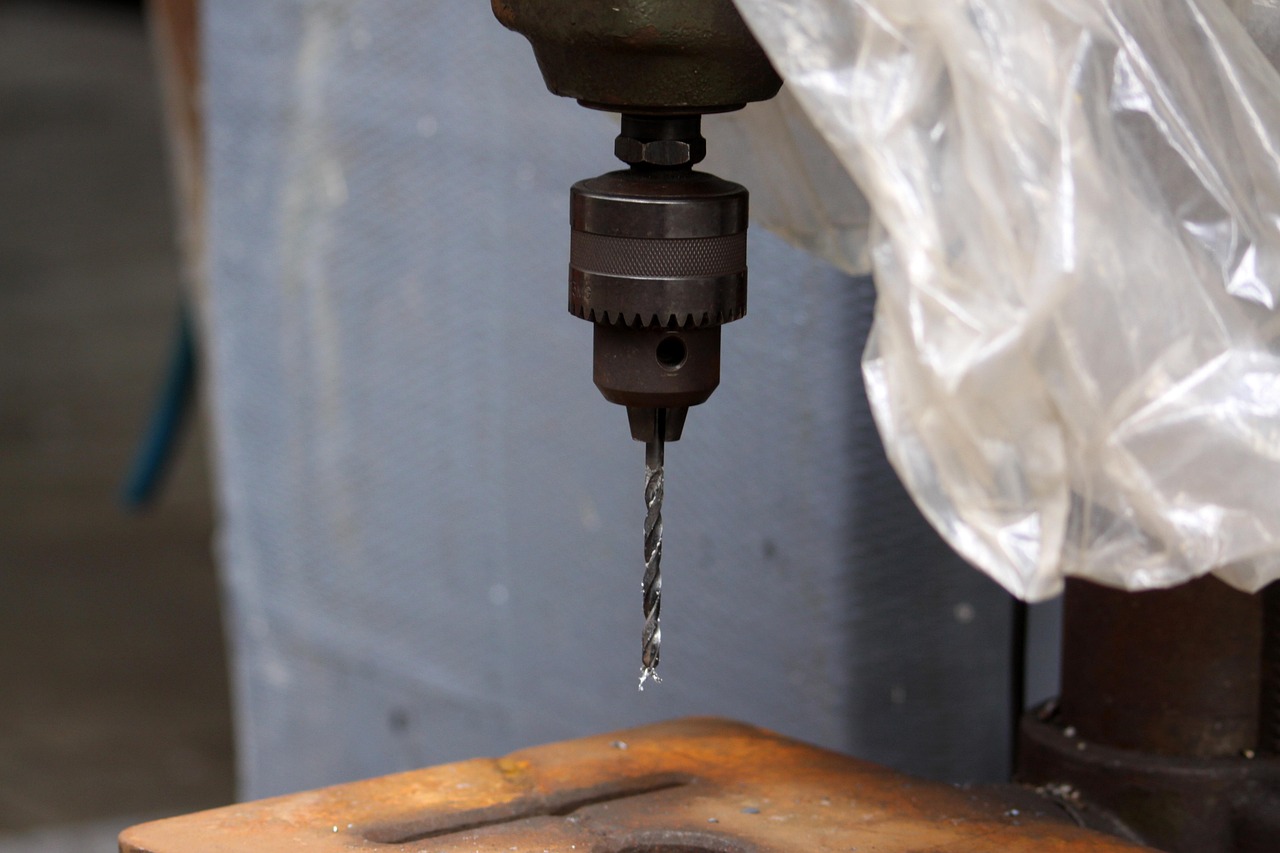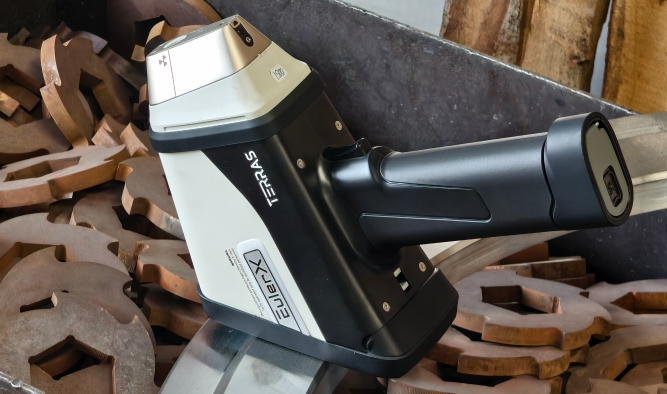
Alloy
A high-tech enterprise focusing on the development and application of X-ray technology products, committed to becoming a leading supplier of X-ray industrial testing solutions.
Exploring the Power of XRF Portable Technology in Field Analysis
In the fast-evolving world of scientific analysis, technology is a key driver of progress. One particularly exciting development in the realm of material analysis is the advent of portable X-ray fluorescence (XRF) technology. XRF has long been a cornerstone of laboratory-based material testing, but with the portability of modern instruments, it’s now revolutionizing field analysis across various industries. From environmental studies to archaeology and even mining, portable XRF analyzers are bringing real-time, on-site results to professionals, reducing costs, improving efficiency, and making complex testing more accessible than ever before.
What is XRF Technology?
X-ray fluorescence (XRF) is a non-destructive analytical technique used to determine the elemental composition of materials. When a sample is exposed to high-energy X-rays, it emits secondary (or fluorescent) X-rays. The energy levels of these fluorescent X-rays correspond to the elements present in the sample, allowing the system to detect and identify them. Traditionally, this process was carried out in laboratories with large, stationary XRF machines. However, recent advancements have made portable XRF analyzers both accurate and compact enough to be used in the field.

The Rise of Portable XRF Analyzers
The breakthrough of portable XRF analyzers comes down to their portability and ease of use. These handheld devices bring the power of laboratory-grade analysis into the palm of your hand. Compact and rugged, they are designed for real-time analysis in environments where traditional lab equipment is impractical. These portable units provide accurate, reliable results on-site, reducing the need for sample transport and the associated delays.
Key Features of Portable XRF Devices:
Ease of Use: Portable XRF analyzers are designed to be user-friendly, making them accessible to professionals who might not have a background in analytical chemistry.
Non-Destructive Testing: XRF testing does not alter or damage the sample, which is crucial when dealing with precious materials or historical artifacts.
Instant Results: With real-time analysis, users can get results on-site in minutes, allowing them to make immediate decisions based on their findings.
Wide Element Range: Portable XRF can detect a broad range of elements, from heavy metals like lead and mercury to lighter elements like calcium and aluminum.
Versatility: These analyzers can be used on various materials, including metals, plastics, soils, and even liquids, making them useful in multiple industries.
Industries Benefiting from Portable XRF Technology
Environmental Analysis: In environmental monitoring, portable XRF analyzers are used to detect contaminants such as lead, cadmium, and arsenic in soil, water, and sediment. This capability is particularly valuable for fieldwork, where time and efficiency are of the essence. Real-time detection allows environmental scientists to assess contamination on-site, leading to faster remediation and better decision-making.
Mining and Geology: Geologists and mining professionals rely on portable XRF for mineral exploration and resource analysis. The technology can rapidly identify minerals and metals in rock samples, helping guide drilling efforts and assess ore quality in real-time. By analyzing geological samples on-site, the need for extensive laboratory testing is minimized, speeding up exploration and production processes.
Archaeology and Cultural Heritage: One of the most fascinating uses of portable XRF is in the field of archaeology. Archaeologists use it to analyze artifacts, metal objects, and ancient structures, allowing them to gain insight into the elemental composition of historical items without causing any damage. This non-invasive method helps preserve valuable relics while providing crucial data on their origins and construction.
Quality Control in Manufacturing: In industrial manufacturing, portable XRF can be used to quickly assess the composition of materials during the production process. From ensuring that alloys meet specifications to testing incoming raw materials, XRF technology allows for immediate quality control in a wide range of industries, such as automotive and electronics.
Advantages of Using Portable XRF in the Field
Cost Efficiency: One of the biggest advantages of portable XRF technology is its ability to reduce costs. Traditionally, testing required sending samples to a laboratory, which involved shipping costs and waiting for results. Portable devices eliminate the need for this process, providing on-the-spot analysis.
Time-Saving: The ability to obtain results instantly is a significant benefit in industries where time is of the essence. Whether it’s assessing contamination at a cleanup site or determining the quality of a mining sample, portable XRF analyzers speed up decision-making.
Accessibility: The portability of these devices means they can be used in remote and hard-to-reach locations where traditional lab testing would be impossible. Whether it’s in the wilderness for environmental monitoring or at a dig site for archaeology, XRF brings lab-grade analysis to challenging environments.
Data Accuracy: Despite their compact size, portable XRF devices offer highly accurate data. With advancements in sensor technology and calibration, these devices can provide results that are nearly indistinguishable from those obtained in a laboratory setting.
The EulerX900 is a high-efficiency handheld alloy analyzer based on XRF technology, offering fast, non-destructive metal testing. With high-precision detectors and an extensive grade library, it’s user-friendly for industrial applications.

Terras EulerX900 Handheld Alloy Analyzer
The Future of Portable XRF Technology
As technology continues to evolve, we can expect even more advancements in portable XRF devices. Future innovations could improve sensitivity, expand the range of detectable elements, and provide even more rugged and user-friendly models. With the growing demand for real-time data and field analysis, portable XRF technology is set to become an even more vital tool across a wide range of industries.
Conclusion
Portable XRF technology has undoubtedly transformed the way we conduct field analysis. Offering fast, non-destructive, and highly accurate results, it has empowered professionals across industries to make better-informed decisions in real-time. As the technology continues to advance, its applications will only broaden, further cementing its place as a powerful tool in the modern world of scientific analysis. Whether in the hands of environmental scientists, archaeologists, or quality control inspectors, portable XRF analyzers are helping to shape the future of field analysis, one test at a time.
Join Us
Subscribe to our email list for updates & promotions.



